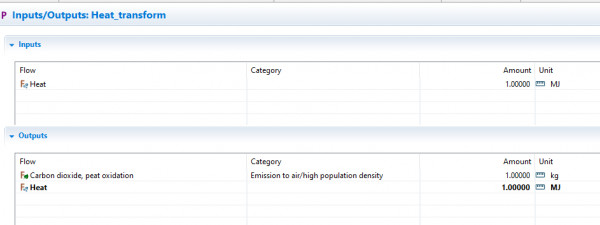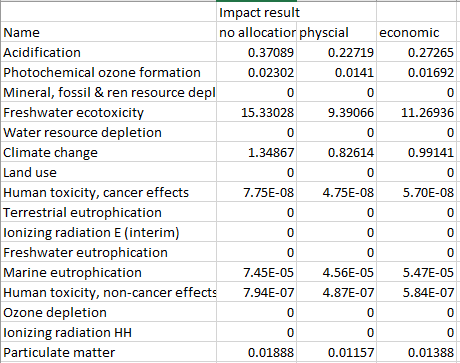Hi, good question; basically you are using the two products of your P13 waste collection process in your system, and thus the contribution of the second product supply chain depends on how you specify the allocation for this process, and also, if its supply chain has at all any impacts.
I made a simple example: A process produces heat and electricity, the heat is used in the system, in a simple intermediate process that has only CO2 emissions:


(you also see that you can "shorten" the connections in the model graph, uncheck "route" in the model graph layout:

)
The co-generation process has these allocation factors:

Now, when I calculate the system, I get different results, depending on which allocation method I select

..and also, in the calculated inventory, I see "leftover" product, heat, if the amount of heat the system needs does not exactly fit to the amount of heat the system produces:

But the heat "pathway" is in considered in the calculation, and I see it e.g. in the contribution tree:

So this works, but you will need to address the heat-excess production with a system expansion e.g., which you can steer via a parameter, to be considered exactly to the extent too much heat is produced in your system. For your approach, you can even combine both product systems into one, but probably have excess product (like my heat) there, too. So you could apply system expansion in both, to have only truly one product in each system, but I agree that this is a bit funny.
Good luck!
Andreas